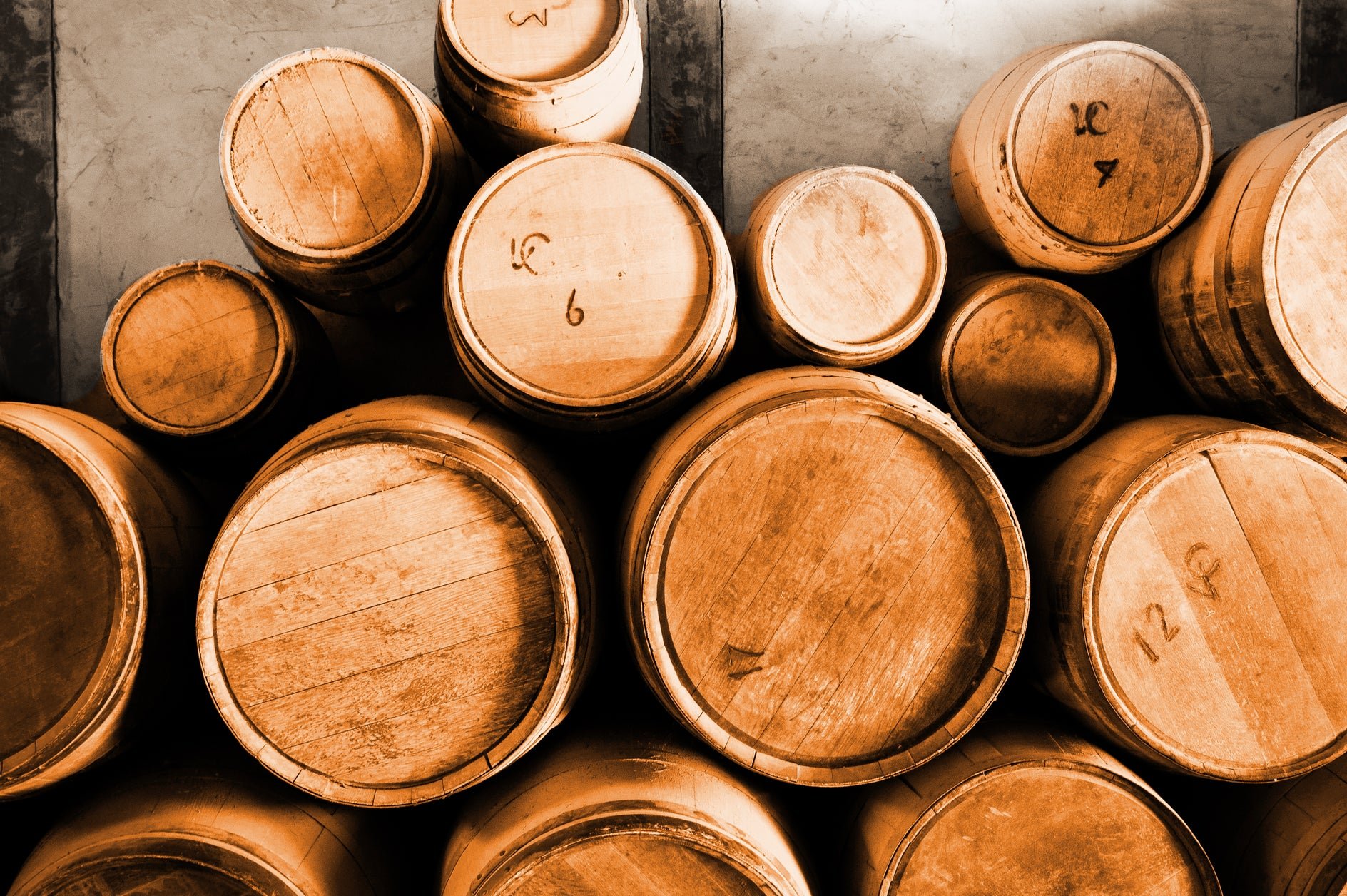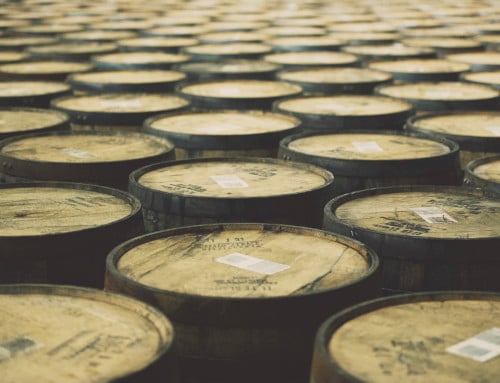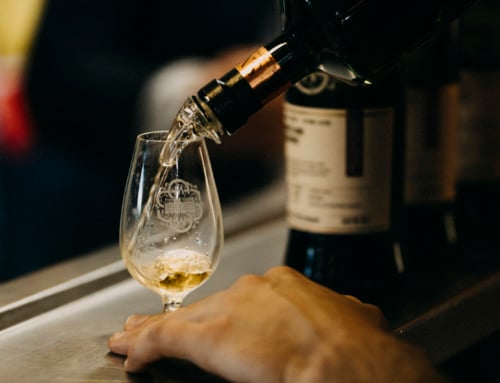Originally published on smwsa.com by Ben Diedrich
Edited by Adam Ioannidis
At the Scotch Malt Whisky Society, we embrace a unique style of whisky called single cask whisky. Unlike the more common style of Scotch known as single malt whisky, which is achieved by blending the contents of multiple casks from the same distillery into one whisky, a bottle labelled single cask whisky contains liquid derived from only one cask.
With most of our whiskies originating from a single cask, one could argue that the unique properties of each cask play a larger role in the final character and flavour of the whisky itself. In previous articles, we’ve covered how different species of oak can influence flavour. We’ve also covered how the prior contents of each cask (e.g. bourbon, sherry, red wine, etc.) can also produce different flavours. But what about the size of the cask? Does size matter?
As it turns out, the answer is quite simple. Yes, size matters. The size of a cask matters just as does the species of oak from which it was constructed, the prior contents of that cask, and the number of times the cask has been previously used. Everything matters when it comes to whisky production. But why size?
It all comes down to the interaction between the inner lining of a cask and the liquid inside of it over time (maturation). A smaller cask has a greater ratio of wood to liquid than a larger cask. And with more liquid coming into regular contact with the inner lining of the cask, we can expect that liquid to absorb more flavour from the cask itself. Of course, there are exceptions to almost every rule of whisky making, but generally speaking, distillers will utilize different cask types and sizes to achieve different outcomes.
To give you an example, let’s zoom in on three of the most common cask types and sizes. If you would like to taste whisky matured in these casks, I’ll go ahead and reference a Society whisky currently available for order.
Barrel
The first and perhaps most familiar cask type is the barrel. Why is this so familiar? As it turns out, the majority of barrels used when making Scotch whisky were originally assembled in the USA and used to age bourbon. At a capacity of 200 litres, the barrel is one of the smallest widely-used casks in Scotland today. The higher ratio of wood to liquid will often give a Scotch whisky more cask flavours in a shorter period of time.
A great example is Cask 26.167 A Barrel of Beeswax, an 8-year old Highland whisky matured in a first-fill barrel. After just 8 years this whisky has developed a full profile of honey cakes, citrus peel and buttered bread with a hint of woodsmoke. While they are just some of the notes contained within this spirit, these specific flavours are typical of a bourbon barrel.
Hogshead
By far the most widely used type of cask in Scotch whisky production today is the hogshead. Often assembled using staves from bourbon barrels that have been broken down before they are shipped over the Atlantic, hogsheads are intentionally sized at 230-250 litres. While it may not seem like a huge increase over the barrel capacity, this difference can be significant in the resulting flavour. With a lower ratio of wood to liquid, aging whisky in a hogshead will often produce a more spirit-driven profile.
An example of this is Cask 53.382 Brawny and Briney, a 10-year old peated whisky from Islay. Islay whisky is often aged in [refill] hogsheads to allow more of the peat smoke and coastal nature of the spirit to shine through. Aging peated Islay whisky in a smaller cask will often mellow and tame the aggressive spirit, which is for many counterproductive to what they are looking for.
Butt
Ah yes, everyone’s favourite whisky cask: the butt. At a capacity of 500 litres, the butt can effectively hold 2x the volume of whisky as a hogshead. Though, while it is considerably larger, there are two considerations to be made. 1.) butts are often made from Spanish oak, which is considerably more tannic and intense in its influence compared to American oak, and 2.) the majority of butts are used to age sherry. It’s been my experience that whisky aged in this type of cask will absorb more flavour from the cask (being the wood and the previous contents) than either the standard barrel or hogshead.
Example: Cask 12.54 Delishably Delectable, a 31-year-old Speyside whisky aged in an Oloroso sherry butt. Well, actually, two butts! This one happened to spend time in both an American oak butt and a Spanish oak butt. After more than 3 decades in a butt (of some sort), this whisky has absorbed a tremendous amount of sherry wood influence from the dark red fruits to the Christmas cakes spices that give it a warm and succulent profile. Had this whisky spent the same amount of time in a smaller cask, the spirit would likely become overpowered by the sherry cask but as it stands, everything is harmoniously balanced in this exceptional whisky.
Slàinthe mhath,
Ben Diedrich








